Keyboards as sculpted objects
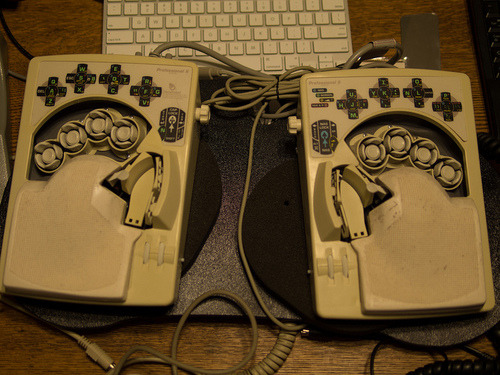
When was the last time you thought about your keyboard? Like, seriously contemplated it as a sculpted object that speaks to you through your fingers?
Eric Raymond thinks about keyboards a lot. This is an excerpt from his blog post, Keyboards are not a detail!
But the vintage keyboards that savvy users still chase are the ones that have the tactile feedback – the bump as you engage a key – in the right place. Most revered of these is the Model M, shipped with IBM PCs beginning in 1984. It had a unique kind of keyswitch called a “buckling spring switch” that serious tactile-keyboard fans consider the best ever. The Model M is a true classic; like Algol-60 and the 1911-pattern 45ACP, it was an improvement over most of its successors.
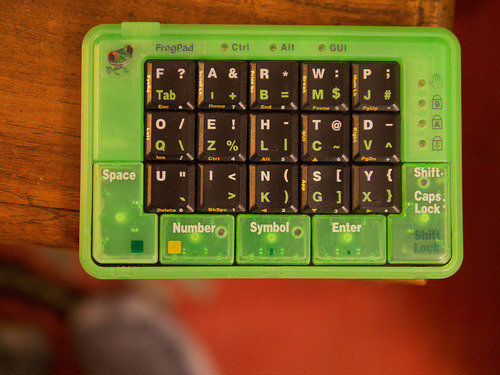
Eric also founded the Tactile Keyboards community on Google +, where keyboard enthusiasts weigh in on the unique sounds that different models make, show off their custom set-ups, and share photos from keyboard “tasting parties” (where keyboard geeks gets to fondle vintage models).
Of course, this all makes me extremely happy. Turns out that there is a large, active community around an object that helps us bridge the gap between analog and digital!
I wonder - if you spoke to this community at length about their likes and dislikes, what fundamental lessons would you learn about what human beings look for in their tools?
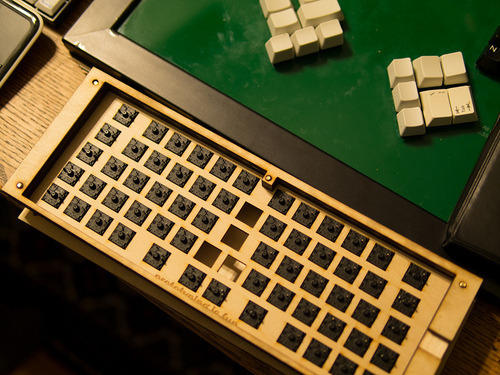
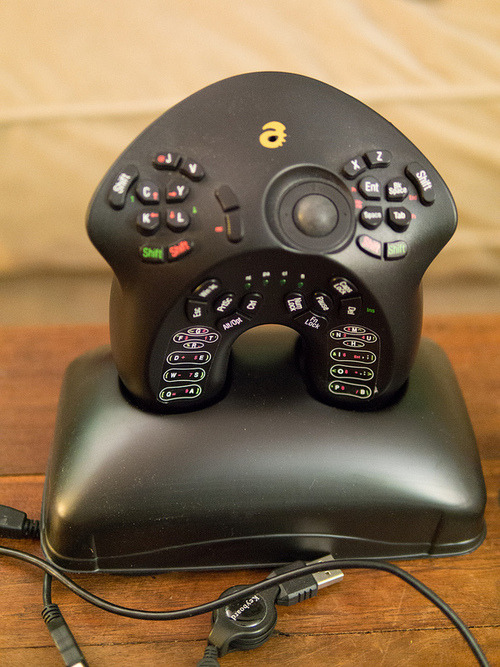
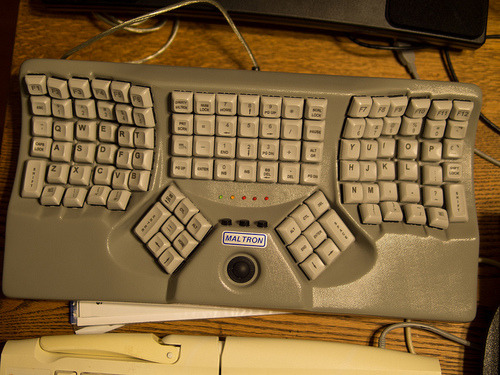
-
Mass + Text
-
Mass + Text
-
Mass + Text